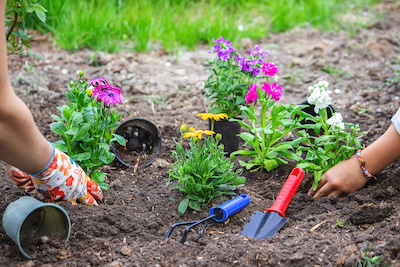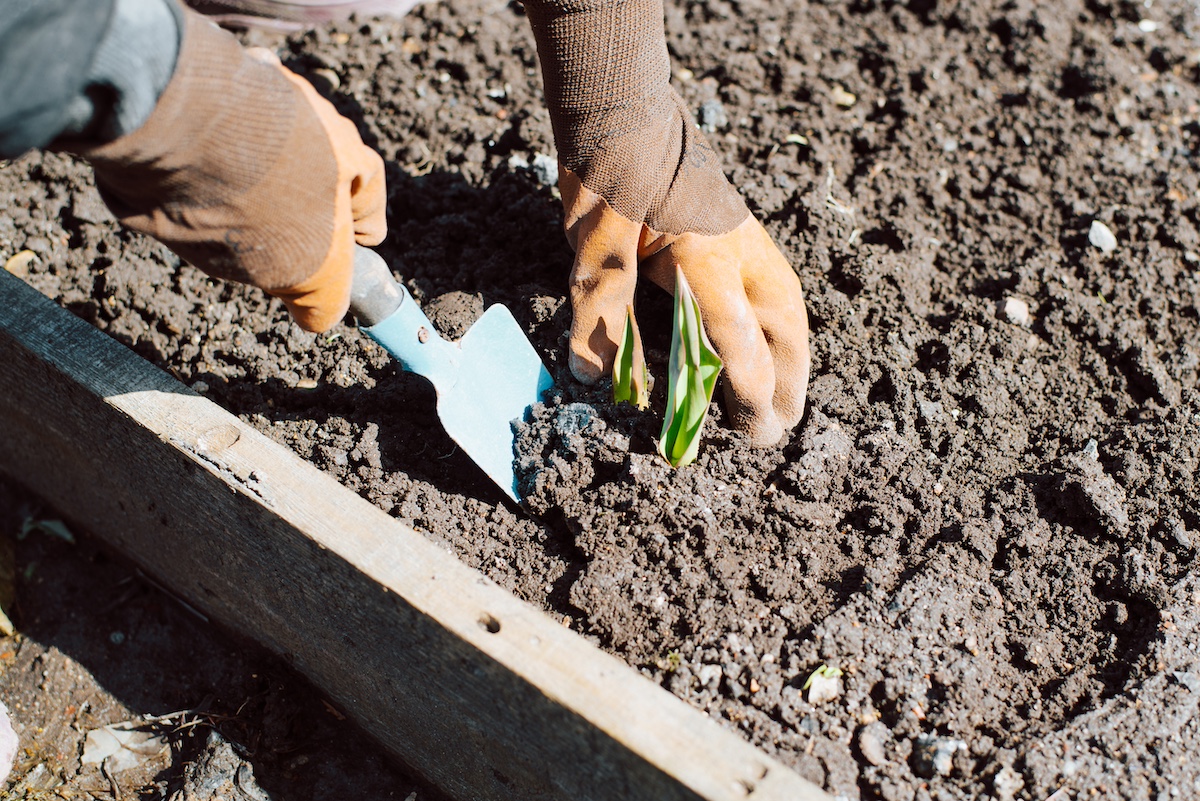Understanding Plant Hardiness Zones
Understanding Plant Hardiness Zones is essential for determining when to plant various types of vegetation. Each zone on the USDA Plant Hardiness Zone Map outlines the average minimum winter temperature range for that region, serving as a critical tool for seasonal planting gardeners.
Locate your specific geographic area to find out which hardiness zone you reside in. This will inform you about the general climate and expected last frost dates of your region. Planting too early or too late can expose plants to adverse weather conditions, impeding their growth or survival.
The main goal is to maximize plant health and yield by syncing your planting schedule with the climatic conditions of your area. For instance, Zone 6 might support different plants compared to Zone 9, based on temperature variations and growing season lengths. In colder zones, opt for plants that can withstand frost and lower temperatures.
For vegetables, organize planting around both the fall and spring frost dates. Cool-season vegetables like spinach and peas thrive when planted before the last frost of spring, while warm-season crops such as tomatoes and peppers flourish when sown after the threat of frost has passed. Flowers and perennial plants also have specific zone recommendations, usually indicated on seed packets or plant tags.
Hardiness zones also guide how to manage perennial plants, suggesting when it’s safe to cut back on watering before dormancy or when to mulch around the plant base to protect against freezing temperatures.
Note that microclimates within your garden, such as shaded areas or exposed sunny spots, could slightly modify the ideal planting times suggested by the hardiness zone.
By utilizing your region’s Plant Hardiness Zone, you can effectively plan a planting calendar that leads to a thriving garden, aligning your gardening practices with the rhythms of your natural environment.

Selecting Crops Based on Season
Knowing when to plant which crops can significantly impact the health and yield of your garden. Let’s dive into how you can effectively select vegetables, fruits, and flowers to thrive across various seasons by considering their specific growth requirements and optimal planting times.
Vegetables are typically categorized into cool-season and warm-season crops – each group has distinct planting times:
- Cool-season vegetables such as broccoli, peas, and spinach perform best when the soil temperature ranges from 40°F to 75°F. Plant them in early spring or late fall since they can endure light frost conditions to germinate or mature properly. Sowing seeds a few weeks before the last expected frost date in spring ensures they thrive without the damaging heat of summer.
- Warm-season vegetables like tomatoes, peppers, and cucumbers need warmer soil temperatures (above 60°F) and cannot tolerate frost. Plant after the danger of the last frost has passed in spring. These crops enjoy long, sunny days and grow best when the temperatures are between 65°F and 90°F.
For specific planting instructions, refer to the seed packets as they often include crucial details tailored to the variety, such as moisture levels, soil pH, and spacing between plants which are instrumental in preventing overcrowding and promoting sufficient air circulation. Ensuring these needs can reduce instances of pest infestations and diseases.
Certain fruits also have preferred seasons based on their developmental cycles and temperature tolerances.
- Strawberries and raspberries are hardy and can be planted in early spring as they require cool temperatures for their initial root development.
- Watermelon and peaches necessitate planting in late spring or early summer when the soil is sufficiently warmed up. This allows their roots to establish before the peak fruiting season, optimizing growth and ensuring a sweeter harvest.
Flowers can turn a garden vibrant and are indispensable for pollination. Similar to vegetables, flowers have various optimal planting times:
- Pansies and snapdragons are robust against cooler weather and usually are planted early in the spring. Some can even survive winter when well-protected and provide early blossoms once spring arrives.
- Heat-loving flowers such as marigolds and dahlias thrive when planted after the frost has subsided completely. They require longer daylight hours and warm soils to bloom richly through the summer.
No matter what type of crop you intend to plant, understanding your local soil type, pH level, and nutrient balance is crucial. Environments with heavy clay soils might require improved drainage by incorporating compost or sand into the soil, whereas sandy environments might need better water retention solutions, such as adding organic matter.
Additionally, temper your plantings according to specific hardiness zones where they naturally prosper. Tailor your gardening strategies based on gradual soil warming and cooling phases as per season shifts—such adaptations make a marked difference in yield and crop health.
Selectively combining these insights with targeted planting enhances the aesthetic or nutritional yield and affords you greater success in gardening endeavors spanning various seasons. Armed with this knowledge, you can plan your garden with confidence across different growing periods, ensuring lush, bountiful yields aligned closely with the cycles of nature.

Seasonal Planting and Maintenance Tips
Successful gardening begins well before the seeds hit the soil. Proper preparation and ongoing care lead to healthy plants, so let’s outline some essential steps in soil preparation, watering strategies, and pest management. These guidelines can help ensure your plants are not only surviving but thriving throughout the growing seasons!
Soil Preparation:
Getting your soil ready is the first critical step. It acts as the foundation for your plants and should be rich in nutrients.
- Test your soil: Knowing your soil type (sandy, clay, loamy) and its pH level can inform what amendments are required, like lime for acidic soil or gypsum for clay-heavy substrates.
- Enrich the soil: Incorporate organic compost or aged manure a few weeks prior to planting. This will enhance nutrient content and improve soil structure.
- Till your garden: Turn the soil 8-12 inches deep to aerate it well, which facilitates better root growth and water percolation.
Watering Techniques:
Proper watering supports healthy plant growth, but it varies with each plant species and the local weather conditions.
- Water deeply but infrequently: This encourages roots to grow deeper, seeking moisture below the surface, which helps plants withstand drought conditions.
- Utilize mulch: Apply a 2-3 inch layer of organic mulch around your plants. Mulch retains soil moisture and suppresses weeds, while also regulating soil temperature.
- Follow the sun: Adjust your watering schedule based on sun exposure. Sections of your garden that get full sun all day may need more frequent watering compared to shaded areas.
Syncing with Natural Climate Progression:
Planting at the right time in tune with your climate zone’s progression can avoid climatic extremes adversely affecting your garden.
- Refer to frost dates: Plant your seeds or seedlings after the last expected frost date in spring, and ideally finish harvesting before the first fall frost for summer crops.
- Consider using seasons to your advantage: Some plants, like lettuce and peas, prefer cooler weather and may be best when planted in early spring. Warm-season crops like tomatoes and peppers will thrive if waited out until temperatures rise.
Protection from Pests and Weather:
Guarding your garden against pests and adverse weather conditions enhances plant health and crop yields.
- Use natural remedies and barriers: Employing insect-repelling plants or organic pesticides like neem oil helps protect against pests. Physical barriers such as netting or row covers easily manage larger pests.
- Practice crop rotation: Alternate planting locations from year to year to prevent pests and diseases that prey on certain plants from building up in the soil.
- Prepare for inclement weather: Install water control systems such as drip irrigation for controlled water delivery and protect against excessive rains that may wash away or saturate plants.

Optimize Your Seasonal Planting Strategy
By focusing on these areas – soil management, watering, timing, and protective measures – you create a nurturing environment for your plants to grow strong all year round. These building blocks set the stage for a garden that’s vibrant and fruitful, syncing harmoniously with nature’s cues for milestones such as planting and harvesting.
With these sound practices, indulge in the act of cultivation with enthusiasm and expertise, reaping the benefits of robust growth and thriving gardens through adversities like pests or unpredictable weather.
- United States Department of Agriculture. USDA Plant Hardiness Zone Map. Washington, D.C.: USDA; 2012.
- Melillo ED. Warm season crops. In: The Ultimate Guide to Vegetable Gardening for Beginners. Emeryville, CA: Rockridge Press; 2020:67-98.
- Jabbour N. The Year-Round Vegetable Gardener: How to Grow Your Own Food 365 Days a Year, No Matter Where You Live. North Adams, MA: Storey Publishing; 2011.
- Pleasant B. Soil preparation techniques. In: The Complete Compost Gardening Guide. North Adams, MA: Storey Publishing; 2008:23-45.

